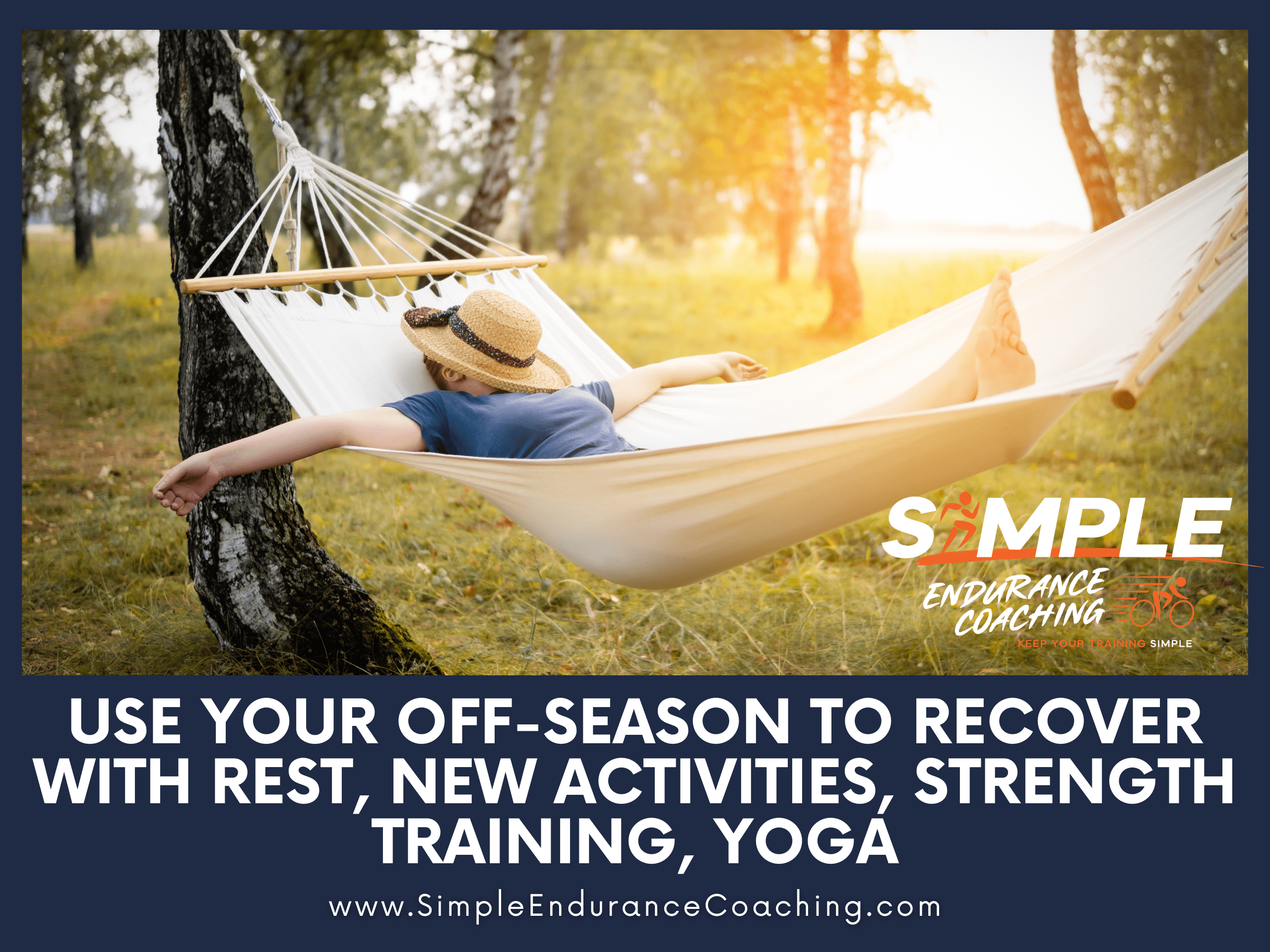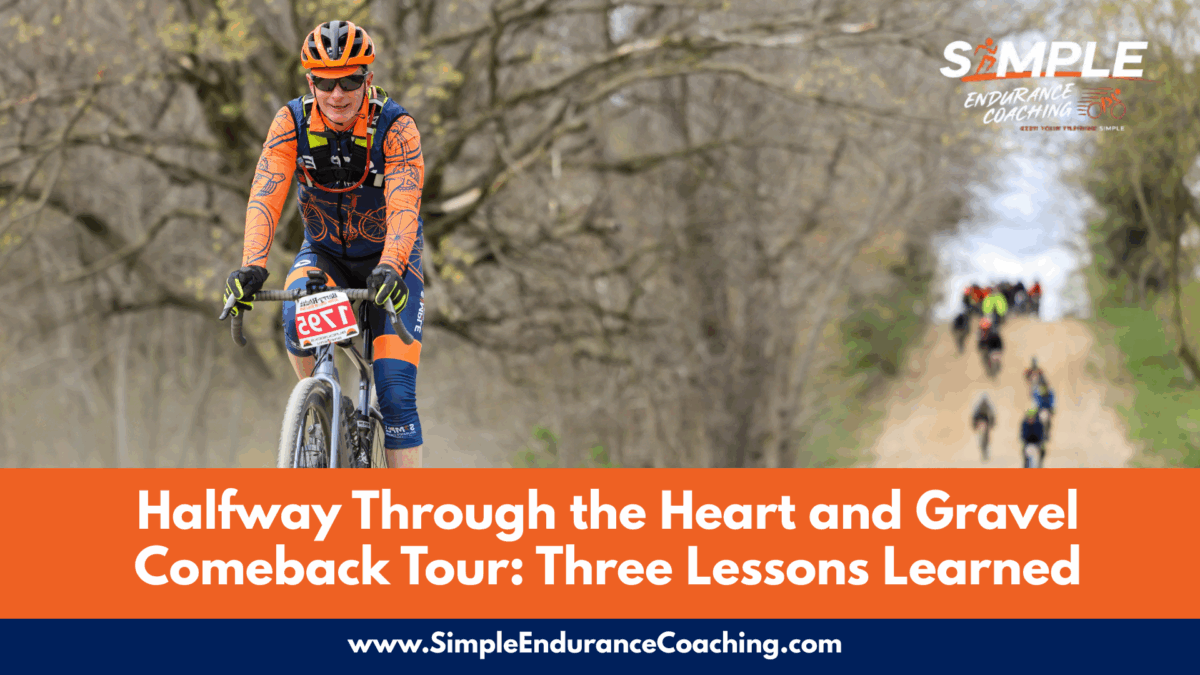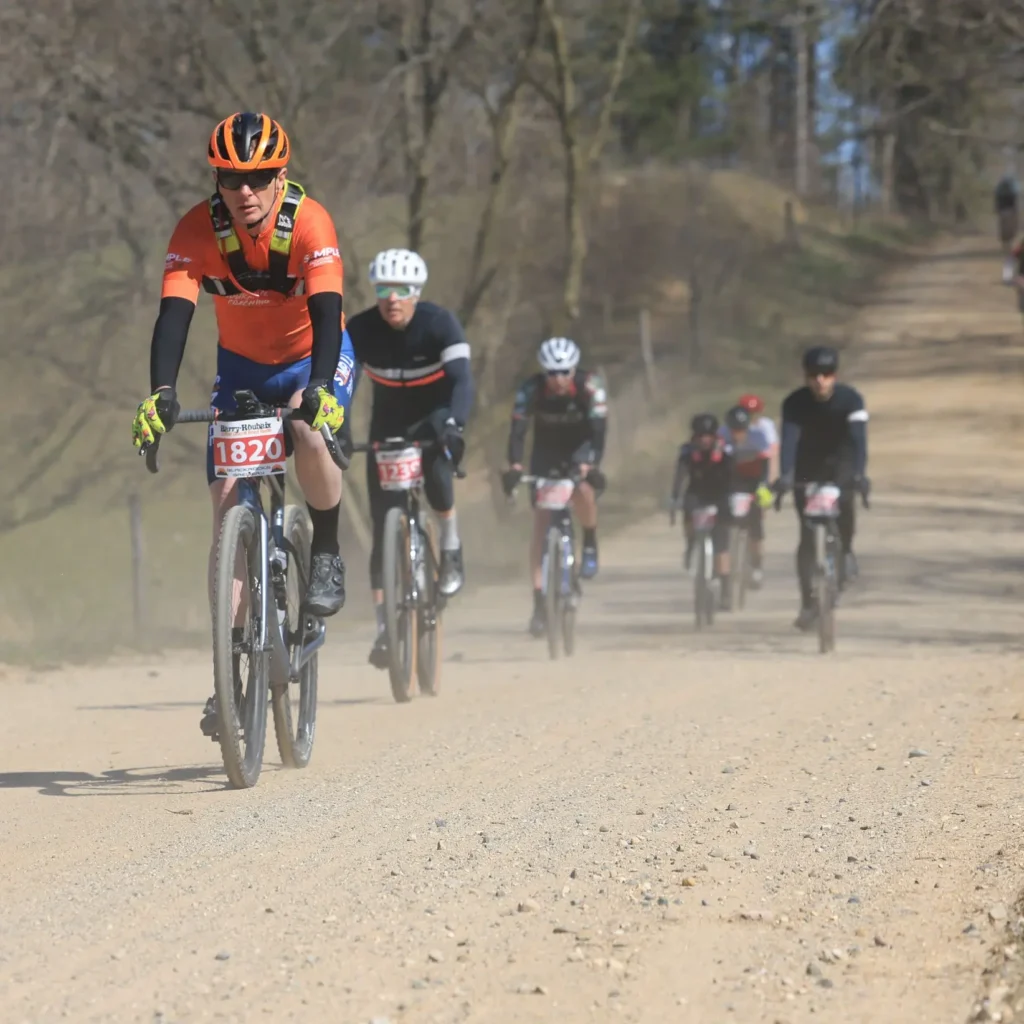Use Your Off-Season to Recover With Rest, New Activities, Strength Training, Yoga
You know you’re ready for the “off-season” when the thought of training makes you want to curl up and nap.
Most of my athletes have come to the end of their competitive season.
Several are still going to cyclocross nationals, but we’ll shut things down after that.
So what should you do during the “off-season”?
How long should your “off-season” last?
And why am I putting that in quotation marks?
And how do you know when to start your base season?

Off-season can mean time away from the bike
First, the off-season is the time after your last big race and before you start base training in earnest.
Roadies and mountain bikers tend to use fall as an off-season while many riders keep their season going with cyclocross and some fall gravel events.
I put “off-season” in quotation marks because it doesn’t mean you’re sitting on the couch eating potato chips and ice cream (although a couple of days of that are just fine!).
Rather, the off-season means a time of relaxation and rejuvenation.
If you want to join up on a ride, go for it.
But if you had a really long, challenging season and don’t want to touch your bike for a time, don’t!
Pros, who race for 11 months of the year, often take a month completely off the bike.
However, as an everyday cyclist, I don’t want to not ride for that long!
Off-season starts with the last race
When I race cyclocross, my off-season tends to start about a week after my last race.
I take a couple of days completely off away from the bike.
The time off allows my body to recover from the physical and mental stress of endurance racing.
Research suggests that adequate rest is essential for preventing overtraining and maintaining long-term performance.
But if it’s a nice day outside, I’ll go for an easy ride, especially if there’s good weather for fat biking.
I give clients the “Go Ride” workout where they put their head unit in their jersey pocket and just go pedal without a specific workout. Ride however you want to ride.
Weight training rebuilds full-body strength
During that week, I typically go to the gym and yoga studio to start rebuilding my fitness.
Incorporating strength training during the off-season can be highly beneficial.
It helps maintain muscular balance, improve power, enhance movement efficiency, and reduce the risk of injury.
Research shows that strength training can positively impact endurance performance by improving overall biomechanics and economy.
I’ll strength train two to three days a week, plus do yoga another two or three days a week.
The goal is to build full-body strength, particularly the posterior chain (hamstrings, glutes, back), and around your core and joints.
As cyclists, we move in one direction, and strength training and yoga help to build full-body strength, stability, and mobility, reducing the risk of overuse injuries from all the repetitive movement.
Detraining can be a good thing
Detraining, or intentionally reducing training volume and intensity, can be beneficial during the off-season or transition period.
This helps to prevent burnout, reduce fatigue, and allow for physiological recovery.
Research suggests that planned periods of detraining can lead to improved performance when followed by appropriate retraining.
The primary benefit of detraining during the off-season is allowing the body and mind to recover from the demands of intense training and competition.
Research also suggests that planned periods of detraining can help reduce fatigue, prevent overtraining, and promote overall recovery.
Detraining provides an opportunity for mental refreshment and renewal.
Endurance training requires significant mental focus and discipline, and taking a break can help rejuvenate motivation, prevent burnout, and enhance long-term adherence to training.
It’s a bummer when your fitness numbers drop!
One of the challenges of the off-season and detraining is that you’ll see your fitness numbers decline.
However, research suggests that well-planned periods of detraining followed by appropriate retraining can actually contribute to improved long-term performance.
Strategic breaks in training can allow for “super-compensation,” where the body adapts and becomes stronger after a period of rest.
What should I do during the off-season?
Here are some other things to do during your off-season:
- Try something different like running, swimming, hiking, or other activities. These can help improve overall fitness, maintain muscle balance, and prevent overuse injuries. Cross-training also provides mental stimulation and helps break the monotony of cycling.
- Mobility and Mobility Work: Dedicate time to improve flexibility and mobility during the off-season. Yoga, Pilates, and other similar classes can help increase your range of motion, enhance muscle balance, and promote better movement efficiency on the bike.
- Skill Refinement: Use the off-season as an opportunity to work on specific cycling skills. This could include practicing bike handling skills, cornering techniques, descending, or improving pedal stroke efficiency. Find a safe environment, such as an empty parking lot or a closed circuit, to focus on skill development. Taking the fat bike, for example, onto the mountain bike trails, always helps my skills.
- Mental Training and Goal Setting: The off-season is an ideal time to reflect on your past season, set new goals, and work on the mental aspects of cycling. Consider techniques such as visualization, mindfulness, goal setting, and mental preparation strategies to enhance your mental resilience and focus for the upcoming season.
- Bike Maintenance and Upgrades: Take advantage of the off-season to perform necessary bike maintenance tasks, such as cleaning, lubricating, and replacing worn-out components. Consider any potential upgrades or modifications to your bike setup based on your goals for the next season.
- Nutrition and Recovery: Use the off-season to fine-tune your nutrition and recovery strategies. Focus on consuming a balanced diet, optimizing hydration, and ensuring proper post-workout nutrition. Additionally, prioritize quality sleep and other recovery modalities like foam rolling, massage, or compression therapy.
Remember that the off-season should strike a balance between rest and active recovery.
How long should my off-season be?
The biggest challenge I have as a coach for athletes who I don’t see every day is figuring out the length of the off-season.
The duration of the off-season for an everyday cyclist can vary depending on factors such as their level of fitness, training history, goals, and individual preferences.
Generally, the off-season can last anywhere from a week to several weeks.
This period allows for sufficient rest and recovery while also providing enough time to engage in other activities, cross-train, and focus on strength and mobility work.
However, it’s important to note that the off-season duration is not set in stone and can be adjusted based on personal circumstances and goals.
Some cyclists may prefer a shorter break followed by a gradual transition back into training, while others may benefit from a longer period of rest to fully recharge and recover both physically and mentally.
Ultimately, the key is to listen to your body and pay attention to any signs of fatigue or burnout.
If you find yourself feeling excessively tired or lacking motivation, it may be an indication that you need more rest during the off-season.
Once you’re mentally and emotionally ready to start training again, that means you get to start your base training!
Here are three things to consider about planning your cycling off-season:
- Take as long a break from structured training as you need.
- When you feel ready to start training again, you’re ready to transition to your base period.
- Try new things like running, hiking, or yoga during your off-season time.
Need more?
GET A FREE Core Strength and Stability training video when you opt-in to receive my weekly blog posts about what works in endurance sports.
SIGN UP FOR A Virtual Coffee so we can discuss your goals, ask questions, and talk about making your endurance training more effective, fun, and Simple.
Paul Warloski is a:
- USA Cycling Level 2 Coach
- RRCA Running Coach
- Training Peaks Level 2 Coach
- RYT-200 Yoga Instructor
- Certified Personal Trainer





